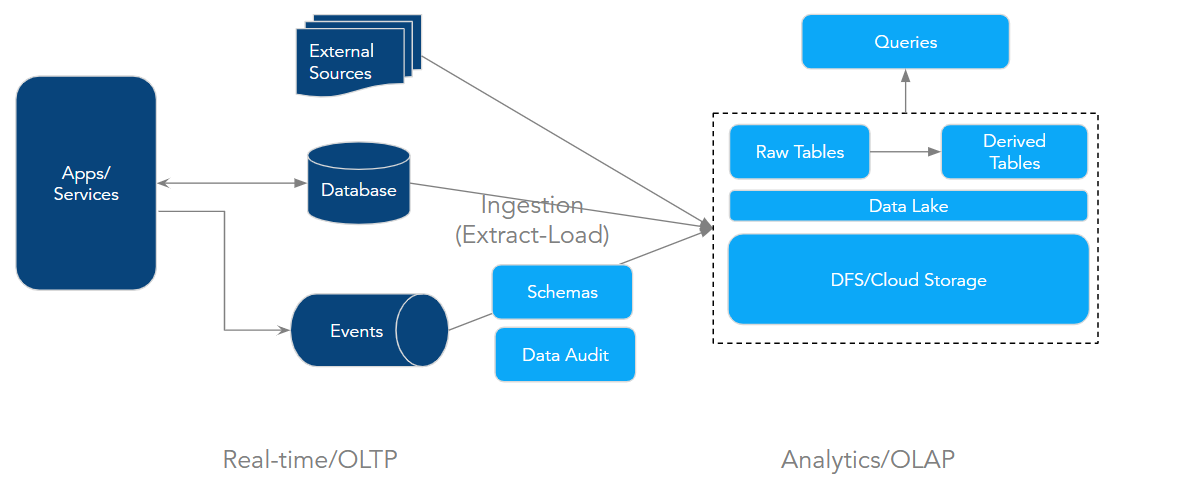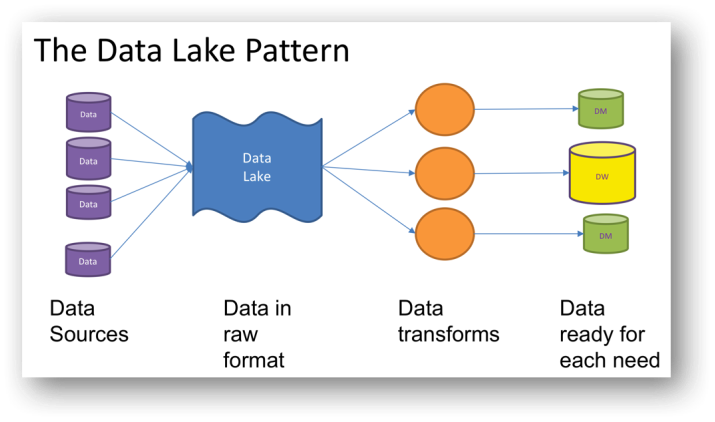

Governance : Monitoring and supervising operations will become vital for measuring performance and improving the data lake.It’s not like relational databases, with an artillery of security mechanisms. Security : It is crucial to think of this aspect, especially during the initial phase and architecture.Data owners can then merge customer, supplier, and operations data, eliminating technical-and even political-roadblocks to sharing data. Has a collection of workflows to execute: Easy user access is a data lake's hallmarks since organizations preserve the data in its original form.YARN enables resource management and a central platform to perform consistent operations, security, and data governance services in Hadoop clusters, assuring analytic workflows have access to the data and the computing power they need. Includes orchestration and job scheduling capabilities: Workload execution is a prerequisite for enterprise Hadoop.This approach is especially beneficial for compliance and auditing activities. A single shared repository of data: Hadoop data lakes keep data in its raw form and capture modifications to data and contextual semantics throughout the data life cycle.
#DATA LAKE ARCHITECTURE HOW TO#
How to Build a Robust Data Lake Architecture Key Attributes of a Data LakeĪ data lake should present three key characteristics: Democratized access to information via a unique, centralized view of data across the organization.Ability to derive value from all types of data.Application of a variety of tools to gain insight into what the data means.Ability to store raw data-you can refine it as your understanding and insight improves.



 0 kommentar(er)
0 kommentar(er)
